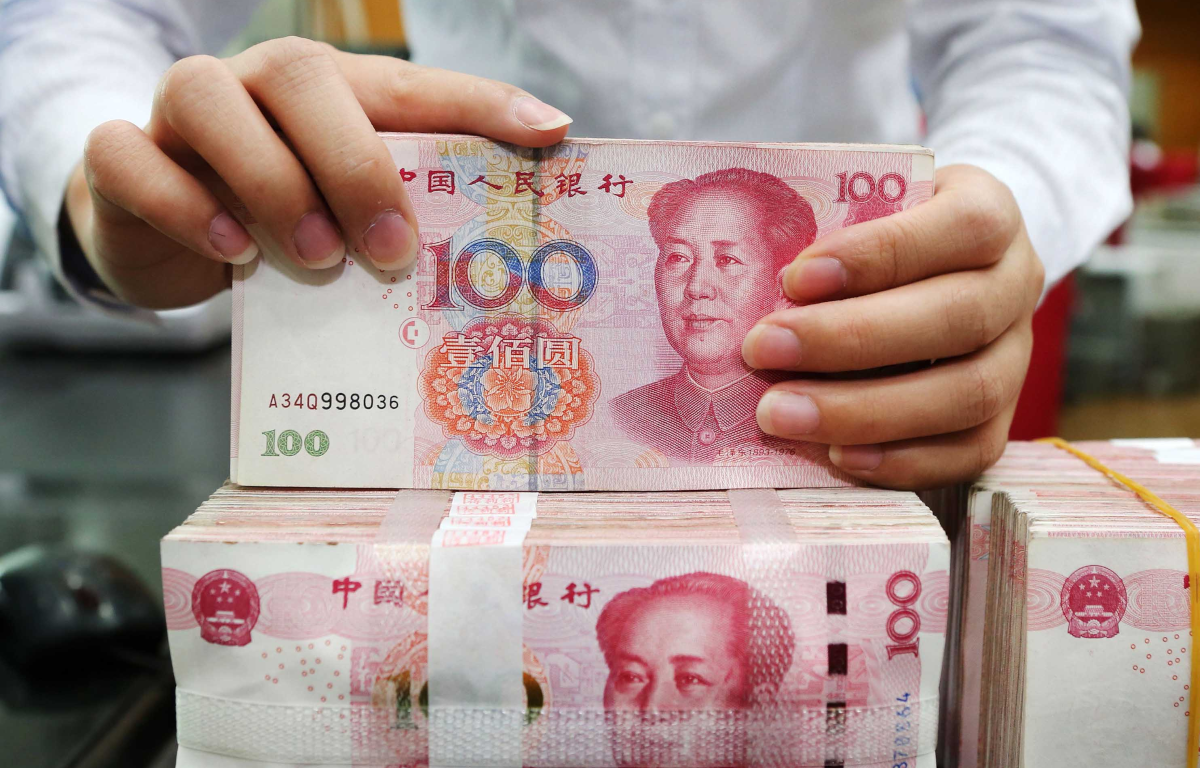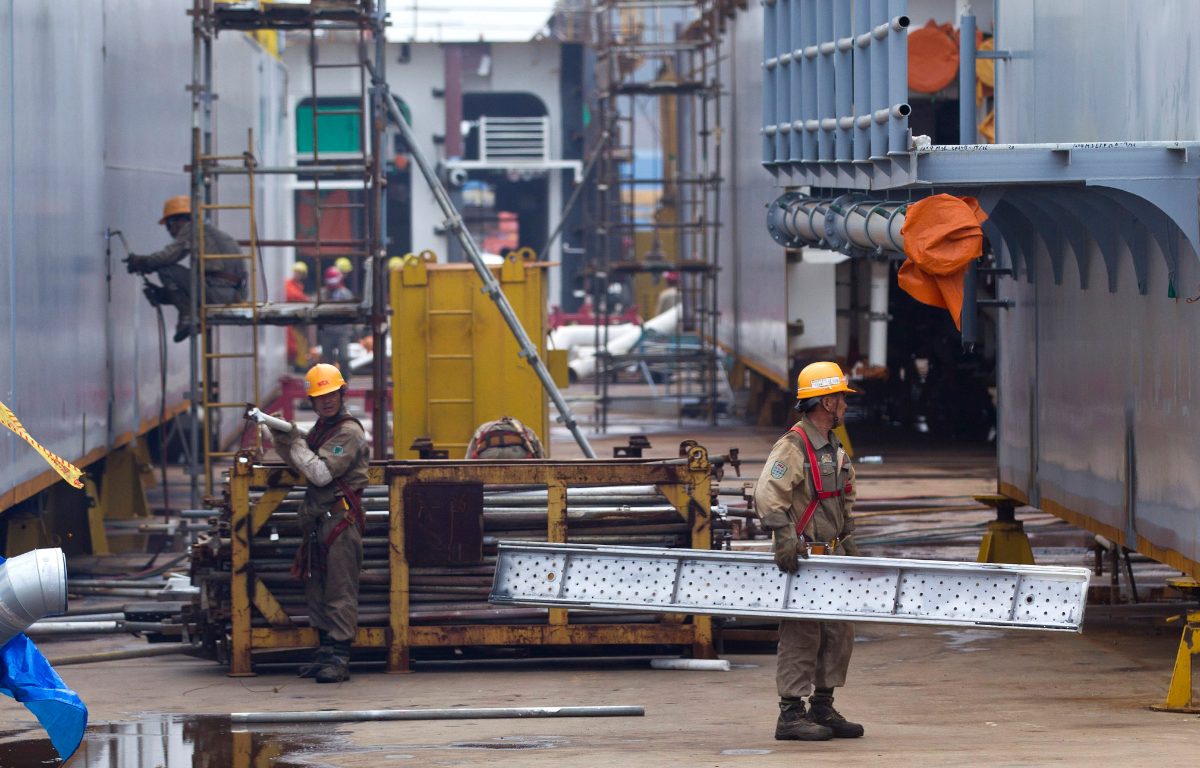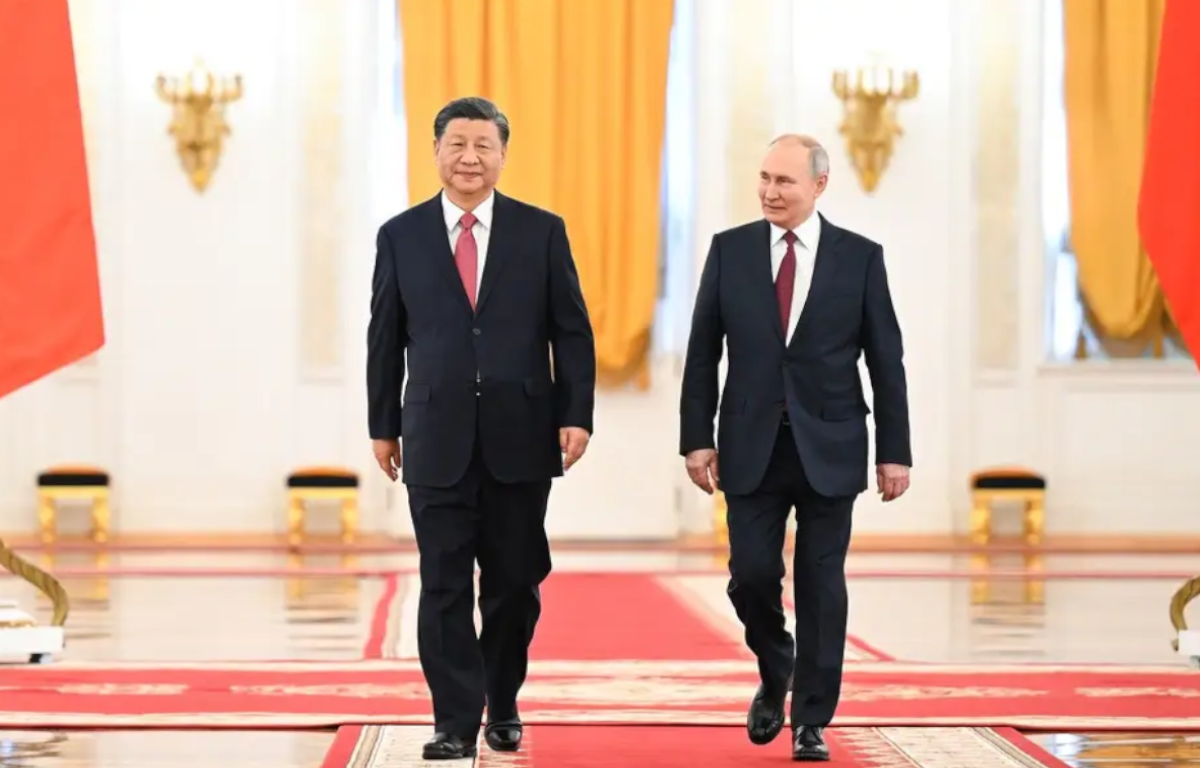
China’s demographic landscape poses a significant challenge. The decades-long one-child policy has resulted in an aging population and a diminishing workforce. This demographic shift strains social services, particularly pensions and healthcare, and reduces the labor pool available for economic production. A declining workforce can impede economic growth and innovation.
China’s rapid economic expansion has been partly fueled by a surge in debt, encompassing both corporate and government debt. While debt can be a catalyst for economic activity, China’s soaring debt levels are concerning. Servicing this debt is becoming increasingly challenging, and if not handled carefully, it could trigger a financial crisis with dire consequences for economic growth.
The environmental toll of China’s swift industrialization is evident in widespread air and water pollution, deforestation, and other ecological challenges. To combat these issues, the government is implementing stringent environmental regulations. However, these measures can elevate production costs for many industries, creating a delicate balance between environmental sustainability and economic growth.
China’s economic model has heavily relied on exports. Nevertheless, recent global trade tensions, especially with the United States, have disrupted global supply chains, posing challenges to China’s export-centric growth strategy. Efforts to pivot the economy towards domestic consumption face formidable hurdles.
Despite notable economic achievements, China still trails behind Western nations in terms of technological innovation. While it has made significant strides in areas like e-commerce and mobile payments, it encounters difficulties in developing cutting-edge technologies in sectors like semiconductors and artificial intelligence. Overcoming this innovation gap is pivotal for sustaining long-term economic growth.
China stands at a critical juncture. Its impressive economic success notwithstanding, it now confronts a constellation of intricate challenges that could potentially impede its capacity to sustain high growth rates. Demographic transitions, debt burdens, environmental imperatives, global trade tensions, innovation disparities, financial system intricacies, and income inequality all collectively contribute to the specter of economic stagnation. To escape this predicament, China must embark on profound structural reforms, foster domestic innovation, and strike a delicate equilibrium between economic expansion and environmental responsibility. Simultaneously, addressing demographic challenges and income disparities is imperative for societal stability. While the road ahead is fraught with challenges, careful planning and strategic reforms can enable China to navigate these obstacles and continue its prominent role on the global economic stage, even if it means transitioning to a phase of slower but more sustainable growth.










Share this: